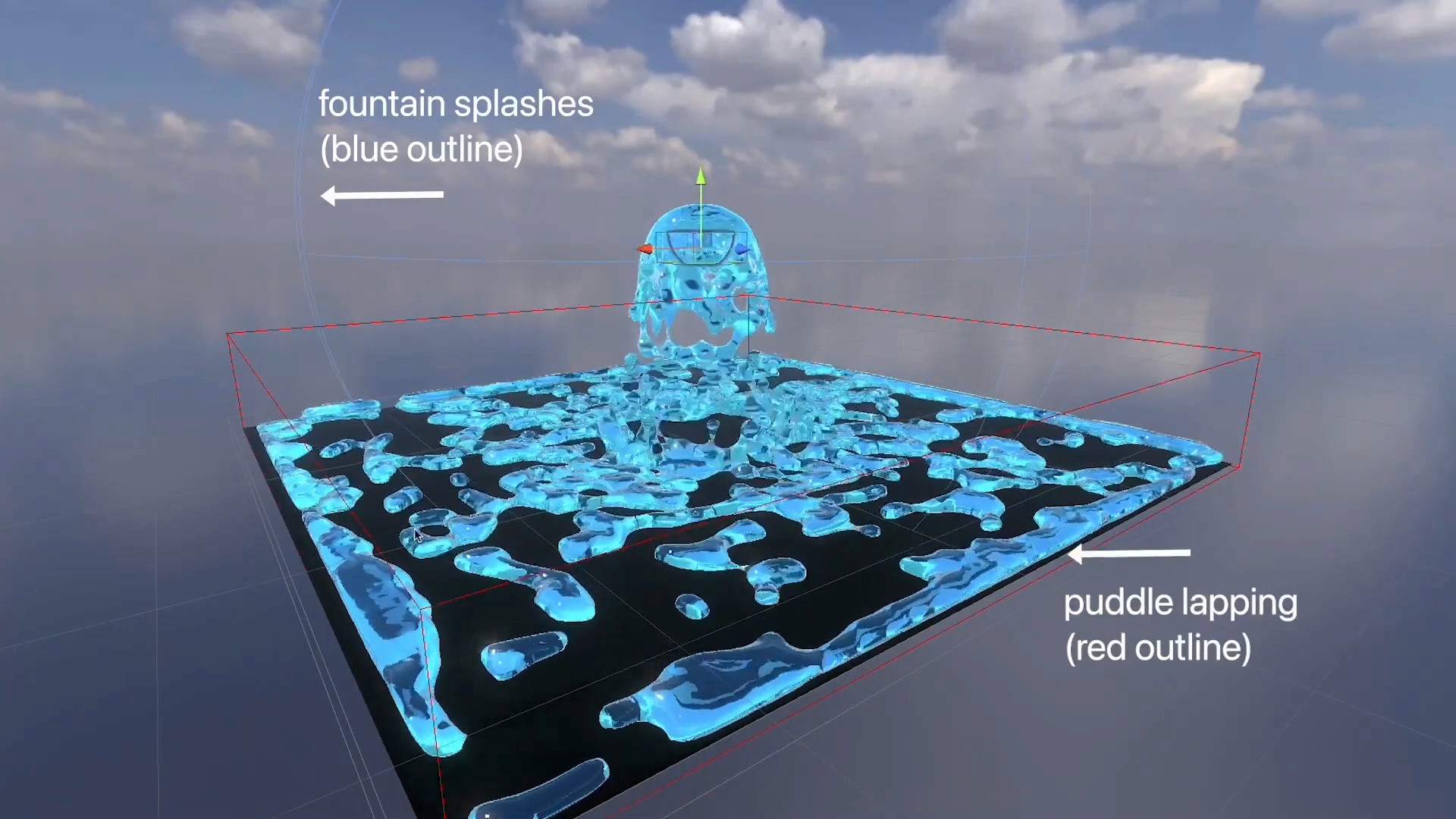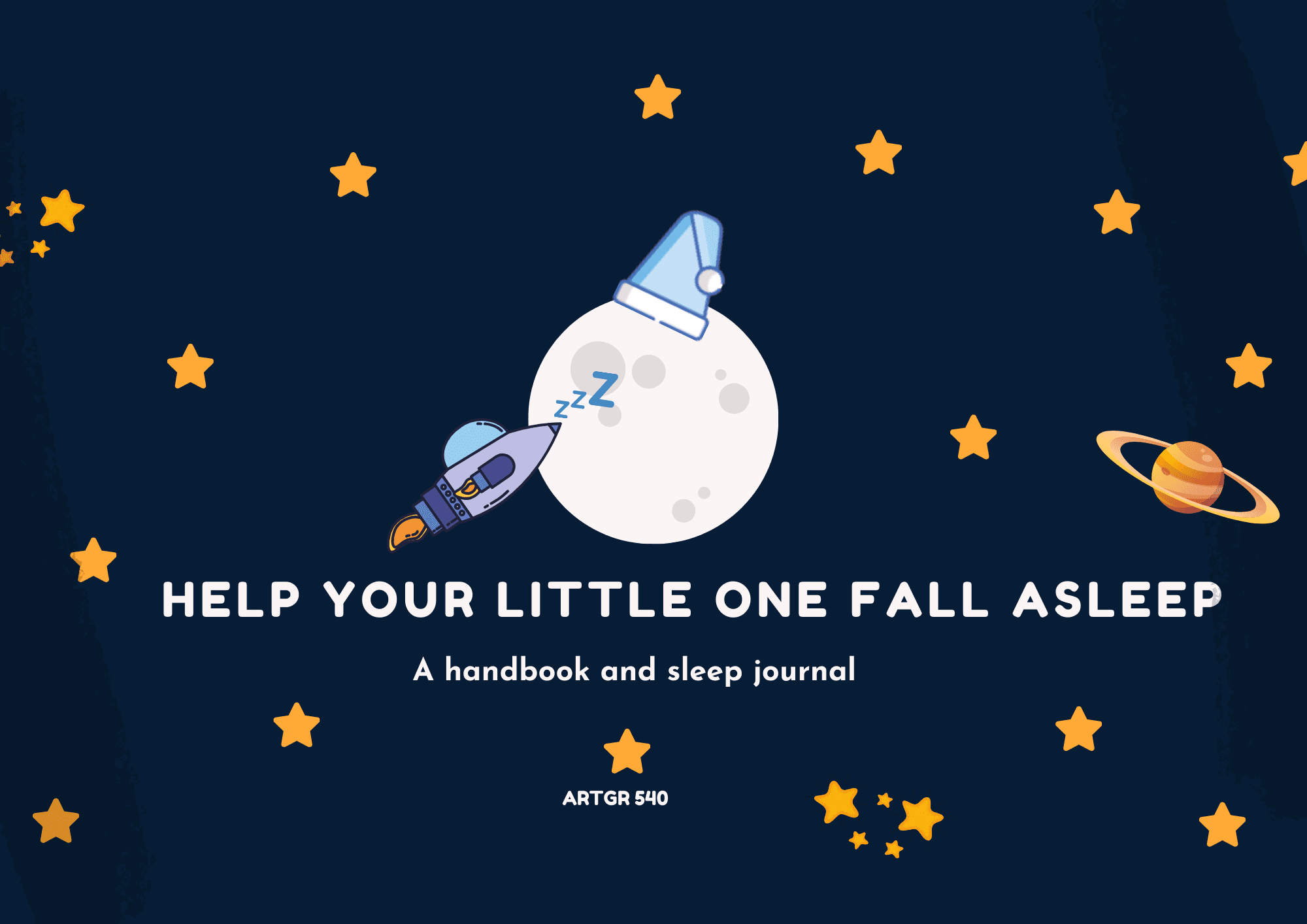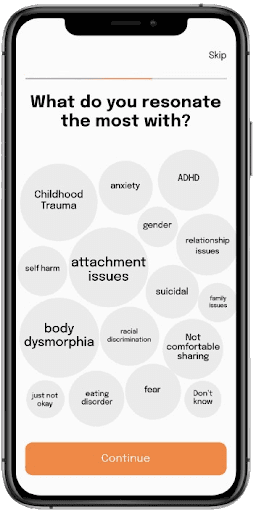Audio AR-based Cognitive Reframing Exercises for Anxiety Management
Audio AR-based Cognitive Reframing Exercises for Anxiety Management
Introduction
Title: Audio AR-based Cognitive Reframing Exercises for Anxiety Management
Role: XR Developer
Year: 2022
Project Collaborators: Lucas Wozniak, Yashwanth Maddi, and the Neurohue team
Presented at: BrainPlay 2022
Project Overview
Objective:
The primary goal of this project was to develop a self-administered, interactive Audio Augmented Reality (AAR) intervention to help relieve anxiety among emerging adults (18-24 years old). The intervention aimed to offer guided Cognitive Behavioral Therapy (CBT) exercises to help users examine anxiety-inducing thoughts through participatory, cognitive reframing exercises while physically guiding users through a story-driven, audio landscape.
Technologies Used:
Unity3D, AR development tools, spatial audio technology, mobile app development frameworks
Vision and Innovation:
My vision for this project was to leverage the power of Audio Augmented Reality (AAR) to create an engaging and effective anxiety management tool. By combining spatial audio technology with guided CBT exercises, I aimed to provide users with an immersive and interactive experience that helps them manage anxiety in a discreet and accessible manner.
Identifying Unique Challenges:
Before starting the project, I identified several unique challenges, including integrating spatial audio with CBT exercises, ensuring the app's usability in various physical environments, and creating a user-friendly interface that enhances the overall experience.
Resolving Complex Problems:
One of the primary challenges was developing a seamless integration of spatial audio with CBT exercises. To address this, I focused on optimizing the audio interactions for clarity and immersion while ensuring that the CBT exercises were effectively delivered. Additionally, designing an intuitive and engaging user interface was crucial for creating a compelling user experience.
User-Centric Design:
The cornerstone of my approach was ensuring that the app was user-centric, focusing on intuitive and natural interactions. This involved designing clear and responsive audio cues, providing visual and auditory feedback, and continuously testing and refining the application based on user feedback.
Meeting User Needs:
The design of the AAR-based intervention aimed to meet the needs of users seeking an engaging and interactive anxiety management experience. By focusing on user needs, we created an application that was not only functional and immersive but also fun and easy to use.
Every aspect of this project is a testament to my systematic, innovative, and problem-solving approach. The application reflects my vision for digital excellence and my commitment to delivering results that surpass expectations. Explore this project in my portfolio to witness how I translated my approach into an impactful, user-centered AAR solution.
Project Details
Spatial Audio Integration:
The app uses spatial audio technology to create an immersive audio environment that guides users through CBT exercises. Users can engage with audio cues that direct their attention and help them perform cognitive reframing exercises in real-time.
Guided CBT Exercises:
The app offers guided CBT exercises designed to help users examine and reframe anxiety-inducing thoughts. These exercises are integrated into the audio landscape, allowing users to participate in cognitive reframing while engaging with the physical environment.
User Interface Design:
The user interface is designed to be simple and intuitive, allowing users to easily navigate through the app and access its various features. Visual and auditory feedback is provided to guide users and enhance the overall experience.
Interactive and Participatory Elements:
The app includes various interactive elements such as participatory cognitive exercises, customizable options, and story-driven audio experiences. Users can input thoughts, challenge negative perceptions, and engage with the content in a meaningful way.
Responsibilities
Development:
As an XR Developer, I was responsible for integrating spatial audio technology with guided CBT exercises, ensuring the smooth and responsive functioning of the application. I focused on optimizing the audio interactions and designing an intuitive user interface.
User Testing and Feedback:
I conducted user testing sessions to gather feedback on the app’s interactions. This involved observing users, collecting their feedback, and iterating on the design to address any issues and improve the overall experience.
Project Highlights
Innovative Use of Spatial Audio:
The project successfully demonstrated the capabilities of spatial audio technology, providing accurate and immersive interactions that enhance anxiety management.
Engaging User Experience:
By combining spatial audio with guided CBT exercises, the app created a fun and immersive experience that was well-received by users.
User-Centric Design:
The focus on user-centric design principles ensured that the app was intuitive, easy to navigate, and enjoyable, leading to positive feedback and high user satisfaction.
Conclusion
Results:
The AAR-based intervention demonstrated the potential of spatial audio technology in creating engaging and interactive anxiety management experiences. The project highlighted the importance of intuitive interactions and user-centric design in developing impactful applications.
Learnings:
Through this project, I gained valuable insights into integrating spatial audio and CBT techniques, designing natural and intuitive interactions, and the significance of continuous user feedback in refining the user experience.
Future Enhancements:
Potential future enhancements include expanding the range of audio interactions, integrating additional CBT techniques, and further optimizing the application for new mobile devices.






